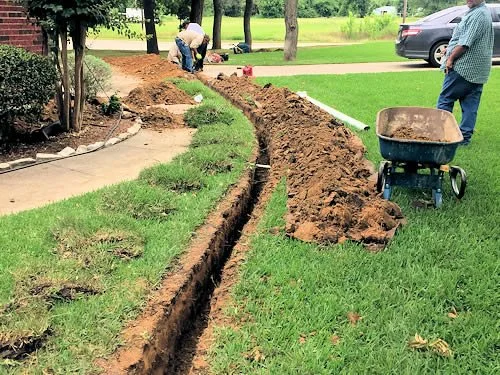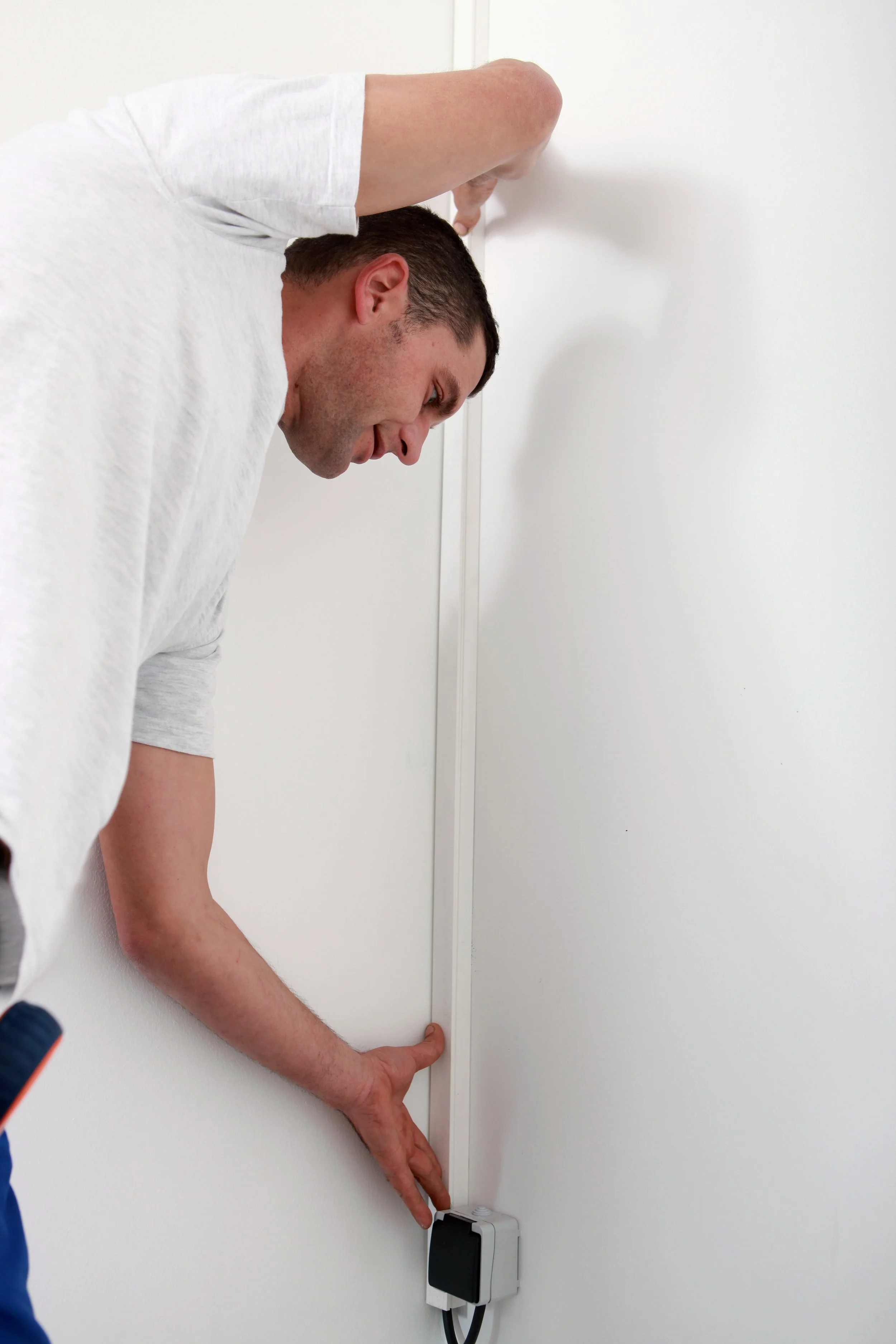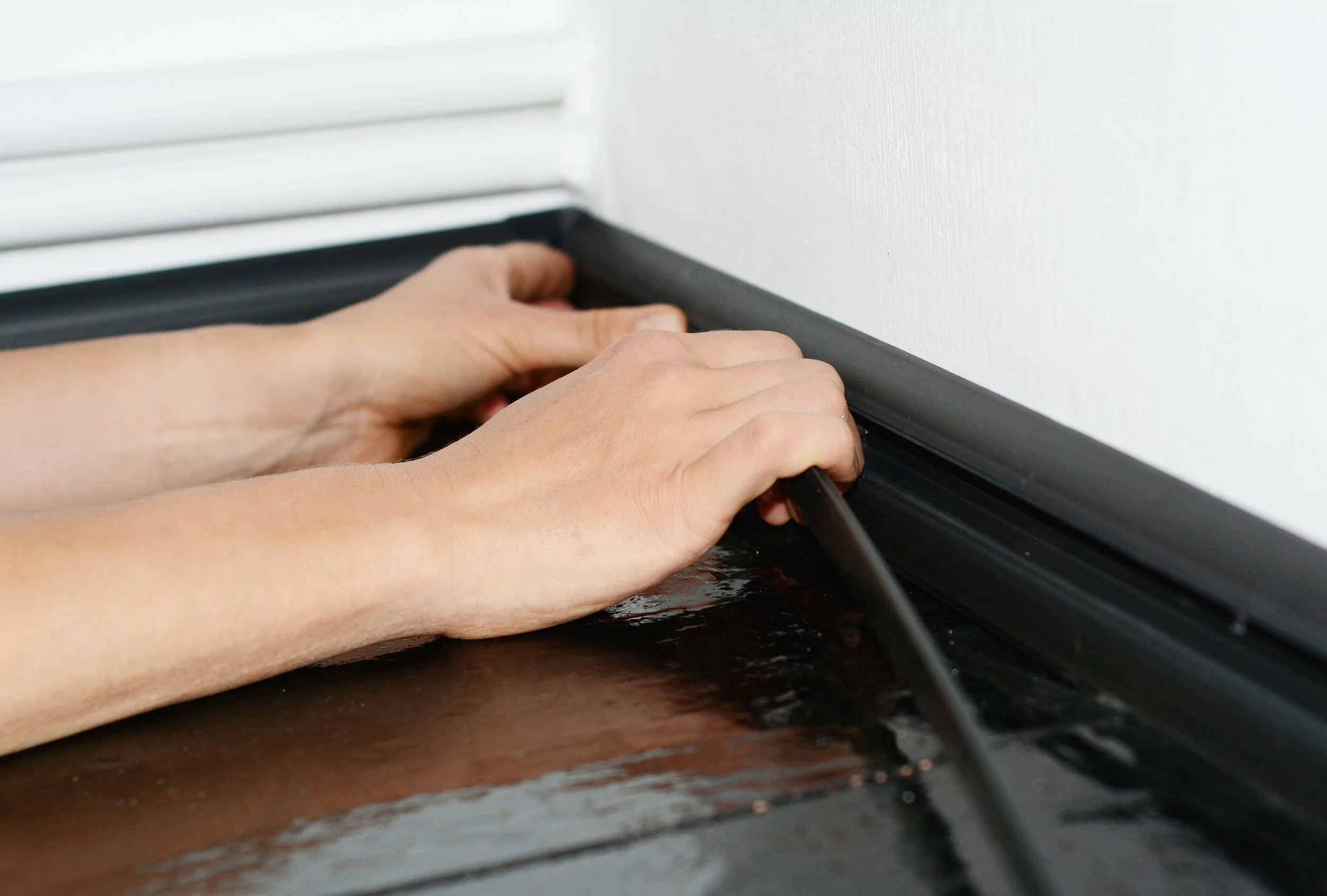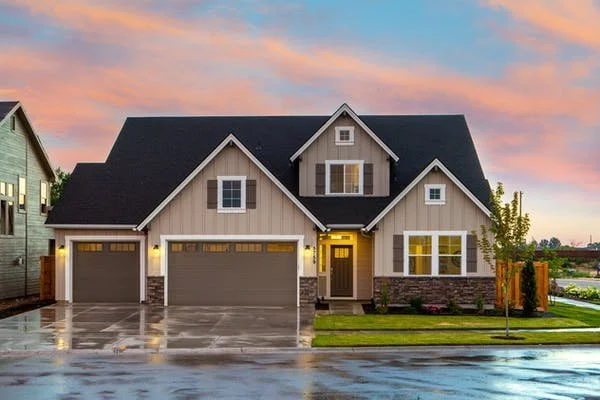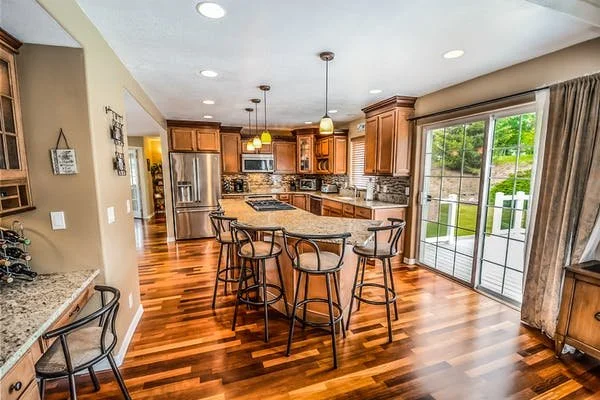What Are the Different Types of Drainage Systems?
RH Business Marketing Solutions
All buildings, whether residential or commercial, require some drainage system to remove storm water and wastewater. While there are many different types of drainage systems, they all share the common goal of protecting the property from water deterioration.
Depending on the specific needs of a property, the type of drainage system will vary. Knowing what the different types of drainage systems available are will assist in determining which one should be installed on your property. Let's examine the most common types of drainage systems below.
What Are the Different Types of Drainage Systems? Understand Your Options
As a property owner, you have many different options when it comes to choosing a drainage system. Surface, subsurface, slope, downspout, and gutter drainage systems are commonly used.
To make the best decision for your property, it is important to understand how each type of system works and its benefits.
1. Surface Drainage System
The surface drainage system is a series of pipes and drains that collect water from the building site and carry it away to a suitable outlet. It is usually installed around the perimeter of a property in low-lying areas.
Surface drainage systems are designed to prevent water from pooling on the ground and causing deterioration to the property. The system should be designed to handle the maximum amount of water that is likely to fall on the site during a rainstorm.
If you install a surface drainage system, you must ensure that the drains are regularly cleaned to prevent them from becoming blocked.
2. Subsurface Drainage System
Subsurface drainage systems are used to remove excess water from the soil. The most common type of subsurface drainage system is a French drain, which consists of a perforated pipe that is buried in the ground and covered with gravel.
The pipe collects water from the soil and drains it away from the area. Subsurface drainage systems can be used for both residential and commercial applications. Residential subsurface drainage systems are typically used to collect and remove water from lawns, gardens, and other areas where standing water can harm plant life or create a breeding ground for mosquitoes.
Commercial subsurface drainage systems are often installed in parking lots, roadways, and other paved surfaces. In both cases, the collected water is typically redirected to a storm sewer or other body of water.
3. Slope Drainage System
The purpose of slope drainage systems is to collect and drain water from sloped areas of the ground. A catch basin is the most common type of slope drainage system. This is a concrete or plastic container that is installed at the low point of a slope.
Through a pipe, the catch basin drains water collected from the surrounding area. Slope drainage systems are often used in conjunction with other types of drainage systems, such as surface or subsurface drainage systems.
4. Downspout and Gutter Drainage System
A downspout and gutter system for drainage is a common sight in both residential and commercial buildings. The system helps to collect rainwater from the roof and channel it away from the building, preventing water penetration.
Downspouts are vertical pipes that run from the gutter to the ground, while gutters are horizontal pipes that run along the roof's edge. The gutters are usually made of metal or plastic, and they are sloped so that water can flow easily into them.
Typically, downspouts are attached to gutters with brackets or hangers, and they are made from the same material as the gutters. At the bottom of the downspout, there is usually an elbow joint that helps to direct the water away from the foundation of the building.
The purpose of a downspout and gutter design is to prevent water harm to a building by collecting rainwater and channeling it away from the structure. When water runoff is not properly directed, it can cause basement flooding, landscape erosion, and other problems.
A well-designed system should be able to handle even heavy rains without overflowing. It is important to regularly clean out gutters and downspouts to ensure that they are free of obstructions so that they can continue to function properly.
5. Kitchen and Shower Drainage System
Kitchen and shower drainage systems are responsible for collecting water from these two areas of a home and redirecting it to a sewer or septic system. In most cases, the drains in these areas are connected to the main sewer line that runs beneath the street.
The kitchen drain typically collects water from the sink, dishwasher, and washing machine. The shower drain collects water from the shower, bathtub, and bathroom sink.
Both types of drains are equipped with a trap that prevents sewer gasses from entering the home. Kitchen and shower drains are typically made of PVC or other types of plastic, and they are usually white in color.
For optimal function, it is important to keep these drains clean. You need to clean the weep holes in the shower drain and unclog a kitchen sink drain on a regular basis to prevent problems.
How Deep Should a French Drain Be?
The depth of a French drain depends on several factors, including the purpose of the drain, the soil type, and the amount of rainfall in the area. In most cases, a French drain should be at least 8 inches deep.
For areas with high rainfall, the drain may need to be deeper. Generally, the range for a French drain's depth is between 8 inches to 2 feet.
How Often Should You Check the Overall Drainage System?
As a general rule, the entire drainage system should be inspected at least once every two years. Checking it once a year is even better. This will help to ensure that any potential problems are caught early and can be fixed before they cause serious deterioration.
Waiting too long between inspections can lead to costly repairs down the line. So, if you want to avoid expensive surprises, remember to check your home's drainage system regularly.
It is best to hire a professional to inspect and clean the system for you. This way, you can be sure that it is done correctly and that all potential problems are found and fixed.
Install Proper Drainage Systems and Keep Them Well-Maintained
We hope that you have gained a better understanding of different types of drainage systems and their functions. Keeping your home's drainage system in good working condition prevents water accumulation, flooding, and other problems. So, be sure to have it inspected and cleaned regularly.
You should avoid flushing clog-prone materials such as grease, hair, and food down your drains. Use drain covers to catch particles before it has a chance to clog the system. And never pour harmful chemicals down your drains, as they can adversely affect the pipes and soil. If you follow these tips, you can keep your drainage system flowing smoothly.
Guest Contributor: Ryan David

